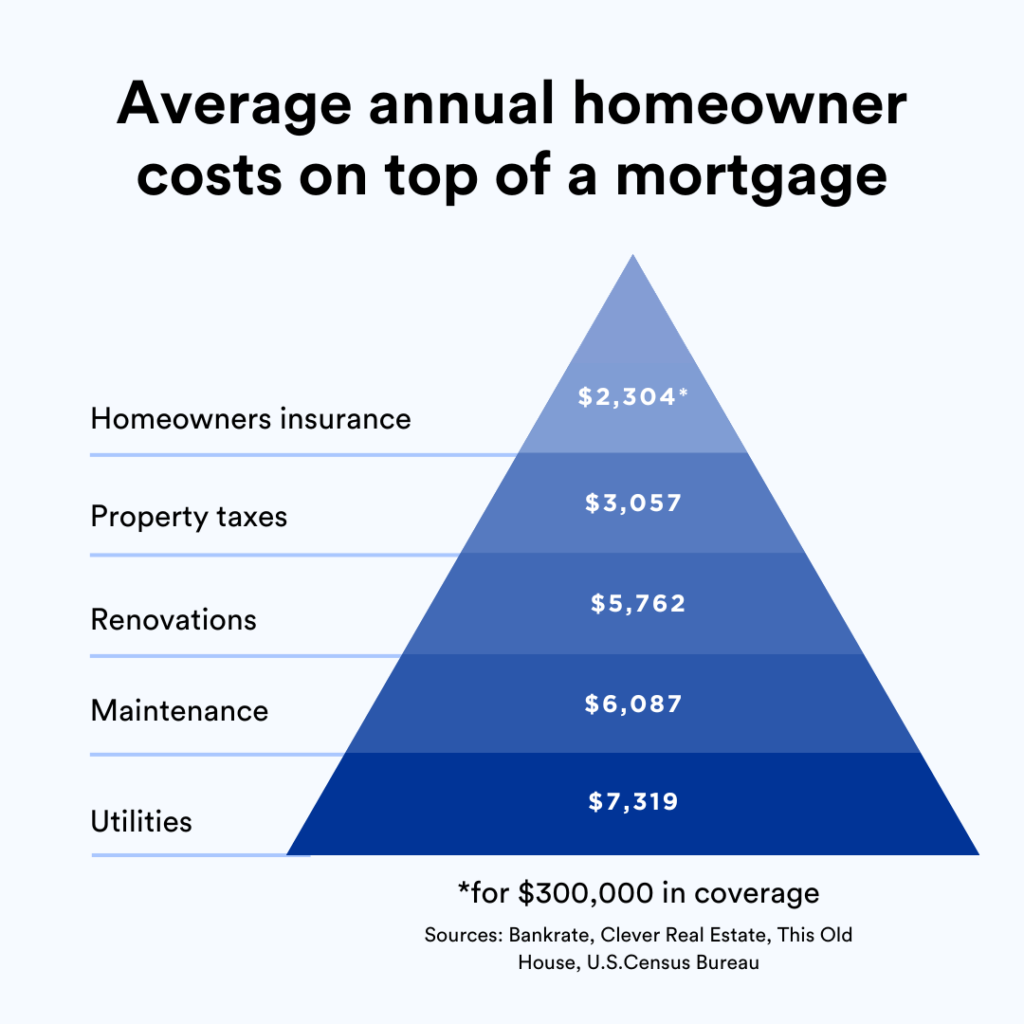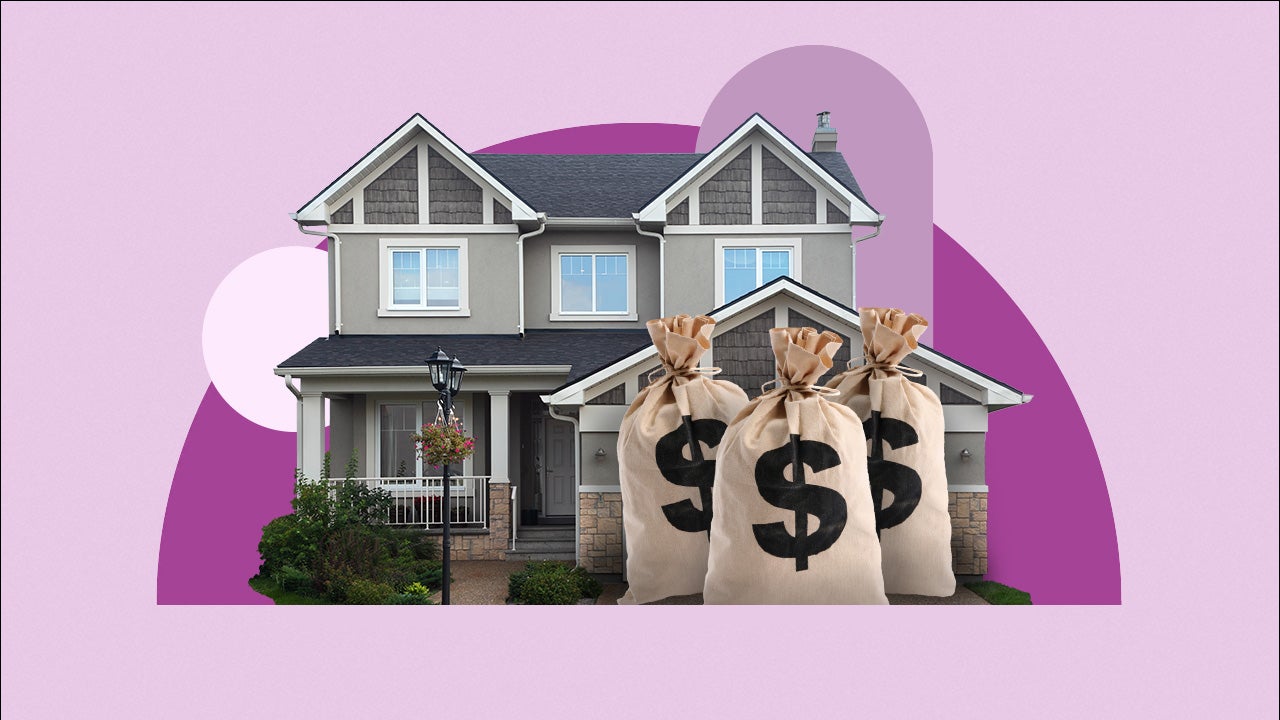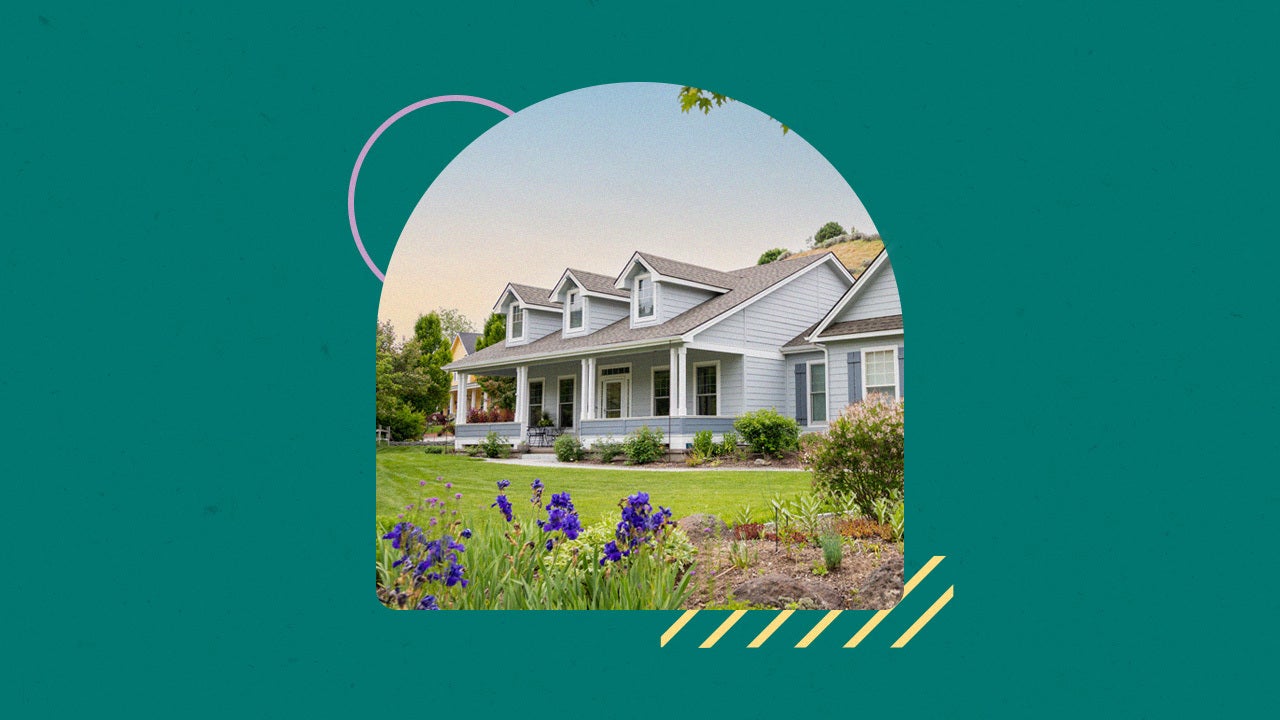What does it cost to own a home in 2025?




Your house isn’t just one of the biggest purchases you’ll likely make. It’s an ongoing expense — or source of expenses — as well. You know about your mortgage payments, of course. But in addition to those, there are regular costs of maintenance and upkeep.
Some of these are obvious, encountered in everyday life – housekeeping, lawn mowing, window washing. Others are financial, like property taxes, utilities bills and homeowners insurance. And then there are the wear-and-tear repairs and unexpected fixes, less obvious to the naked eye until there’s an inspection or break. The point is, all of them drive up the tab associated with homeownership.
Of homeowners who regret their residential purchase, the top reason — expressed by 40 percent — is that maintenance and other unexpected home-related costs were higher than expected, according to Bankrate’s Homeowner Regrets Survey.
The most common home maintenance expenses
One of the biggest costs of owning a home is maintenance and routine upkeep. Maintenance includes some obvious and not so obvious things.

Obvious home maintenance costs
Obvious home maintenance costs are items in plain sight, which often impact the curb appeal of a home, such as:
- Lawn care, including mowing, weeding and watering
- Exterior care: keeping paint fresh, siding in good condition
- Interior care: Keeping the home clean, windows washed
- Landscaping, both “hard” (structural items like a patio or deck) and “soft,” such as vegetation and gardens
Hidden home maintenance costs
Hidden costs are projects that you may not see or spend much time thinking about until you have to – because something malfunctions or a problem develops.
- Pest prevention
- Clearing rain gutters
- Replacing HVAC, wiring or plumbing systems
- Roof repair
Other ongoing home maintenance expenses
Homeowners Association (HOA) fees
If you live in a neighborhood with a homeowners association (HOA), you’ll likely need to pay HOA fees, which could be charged monthly, quarterly or annually. Covering upkeep for common areas, roads and facilities/services, the average national HOA fee is $243 a month, or $2,916 a year, according to the Census Bureau’s latest American Housing Survey data. But depending on where you live and the association, HOA fees can amount to thousands of dollars more per year, especially when they include a large, one-time special assessment. HOA expenses have been steadily increasing for homeowners of late.
Homeowners insurance
As you add up the cost of owning a home, don’t forget to include homeowners insurance. Most mortgage lenders require that you carry a certain amount of homeowners insurance to protect the value of the home, but the policy also protects you. When a covered event happens, you can rely on the insurance payout to help you make repairs rather than paying the whole cost out of pocket.
The national average cost is just over $2,000 per year for a $300,000 policy, but of course coverage and premiums vary widely, depending on your home’s value and your location. Certainly, the growing frequency of extreme weather and natural disasters has caused the cost of coverage to skyrocket across the country, as the need for rebuilding and repairing increases. Generally speaking, if you want to save money on premiums, you can increase your deductible.
More than 1 in 4 (26%) of U.S. homeowners say they are unprepared for the potential costs associated with extreme weather events in their area. And more than 2 out of 5 homeowners (43%) have not done anything within the last five years to protect their property against extreme weather damage.
Source: Bankrate Extreme Weather Survey
Property taxes
Property taxes are determined by your city or county’s effective tax rate and your home’s value, which may be evaluated based on fair market value in the area or by the home’s individually assessed worth. The current median property tax bill across the United States is $3,057 annually, according to the American Community Survey. But as home prices have been soaring in recent years in many markets across the nation, so too have property tax bills. Depending on your city or county, these bills might be paid each month, or you might end up with a bill every year or twice a year. If you have a mortgage, they are often collected as part of your monthly payment.
Utilities
Utility bills are an increasingly costly expense associated with homeownership: In fact, they’re often the biggest single cost. The average American household’s utility bills include cell phone and internet costs, along with electricity, gas and water. Of those expenses, cell phone bills are the most costly, averaging about $1,884 annually.
Energy prices in particular have been rising for about a decade amid a variety of pressures including general inflation, increased energy demands and the costs associated with extreme weather. They’re consistently one of the biggest gainers in the Consumer Price Index; the CPI shows that energy services were up 4.2 percent year-over-year as of March 2025, for example.
Where are homeownership costs the highest?
Overall, the various costs of homeownership add up to approximately $24,529 per year or $2,044 per month, in addition to their mortgage payment, according to recent study by Clever Real Estate, a homeseller/agent match site. But that’s a national average. The sum can vary by thousands of dollars depending on where you live, from close to $30,000 for Hawaii and the West Coast to just over $11,000 in several southern states. Since 2020, the average annual cost of owning and maintaining a home in the U.S. has risen dramatically, up 26 percent as of 2024, according to Bankrate’s Hidden Costs of Homeownership Study.
Not surprisingly, the more affordable a city’s residential real estate is, the more affordable the maintenance costs tend to be.
How to budget for homeownership costs
Once you have a handle on the full costs of owning a home, creating a budget is key. For some costs, like homeowners insurance, HOA fees and property taxes, you might be able to include a regular line item in your budget and plan for it each month. If you have a mortgage, you’ll likely be able to include them in that payment.
Figuring out ongoing maintenance costs and future repairs can be a little trickier. One suggestion, provided by American Family Insurance, is to set aside about 1 percent of your home’s value each year for maintenance and repairs; other insurers, such as State Farm, recommend up to 4 percent.
For example, if your home’s value is $375,000, the current average home value in America, you’d want to budget about $3,750 per year. You could break that down into a monthly budget item of $312.50, and keep the money in a high-yield savings account until it’s needed.
Gauging your budget for repairs may be more challenging. If you’re buying a fixer-upper, a home inspection report can provide you with an idea of how much to budget for repairs and upgrades.
You can also build an emergency fund to help you pay for home repairs and maintenance — many people find that having a separate savings account for the unexpected costs of owning a home can be helpful.
Preparing for emergencies
Unlike maintenance expenses, a home repair can be the result of a natural disaster or a major failure of a system. Depending on the situation, you might be able to get help from your homeowners insurance policy — but if a major issue, such as a termite infestation or a tree branch falling on your roof, causes the need for repairs, that can cost you significantly. Other issues, like flooding or water damage, can erode a home’s foundation and require significant repair.
Given the increasing frequency of natural disasters and extreme weather events, it is important to be prepared for emergency or unforeseen expenses. About 83 percent of homeowners had to deal with unexpected repairs in 2024, up from the 36 percent who faced a similar predicament in 2023, according to insurer Hippo’s annual Housepower Report. Homeowners who faced unexpected repairs last year were primarily dealing with issues related to water damage, roof damage, and window or door issues.
To help address some of the uncertainty surrounding emergency home expenses, nearly half of homeowners say they are creating an emergency plan for 2025, according to Hippo, while 42 percent are reassessing their home insurance policies. About 30 percent are also considering adding more coverage to ensure they are adequately protected.
If you don’t have savings to cover the cost of emergency expenses or don’t want to drain all of your cash on hand, another option is tapping into your home equity. Ways to do so include:
- A home equity loan
- A home equity line of credit (HELOC)
- A cash-out refinance
- A reverse mortgage (for homeowners 55 years old and up)
Using the ownership you’ve amassed in your home can help cover the costs of emergency expenses, and going this route often allows you to avoid the steep interest rates that come with personal loans or credit cards.
Repairs leading to renovations
After embarking on an emergency repair, homeowners often opt for a full-blown replacement or renovation: It can make more economic sense long-term to upgrade than to keep on patching. Even in cases when a repair doesn’t precipitate the project, judicious improvements are an investment that can help ensure your home not only maintains its value, but also appreciates over the course of time.
In the last few years in particular, renovations have become especially popular among American homeowners who would rather avoid the steep home purchase prices and mortgage interest rates involved in moving to a new home .
But as with any significant expense, it’s best to know which renovations offer the most return on investment (ROI). Some of the most popular home improvements, for instance, such as updating a kitchen or remodeling a bathroom, can be quite costly. But they can also enhance your home’s worth and offer a good ROI, provided you don’t go overboard on luxe features and fixtures.
There are many ways to pay for home renovation projects. While most homeowners opt for using their savings, others prefer to finance — in fact, over half of homeowners (55 percent) cite home repairs or improvements as a good reason to tap their built-up home equity, according to Bankrate’s Home Equity Insight Survey.
Remodeling is the most popular use of home equity financing, in fact. More than half (54 percent) of consumers used a home equity loan/line of credit to pay for projects, according to the National Association of Realtors’ “2025 Remodeling Impact Report.”
Here too, it’s important to investigate the options in advance and understand the pros and cons of each option. Using savings can help you avoid interest charges but also depletes your cash on hand. Financing, on the other hand, allows for starting the project immediately and allows you to maintain savings for other needs.
You may also like

How to sell a house by owner in Alabama

How much is a down payment on a house?


